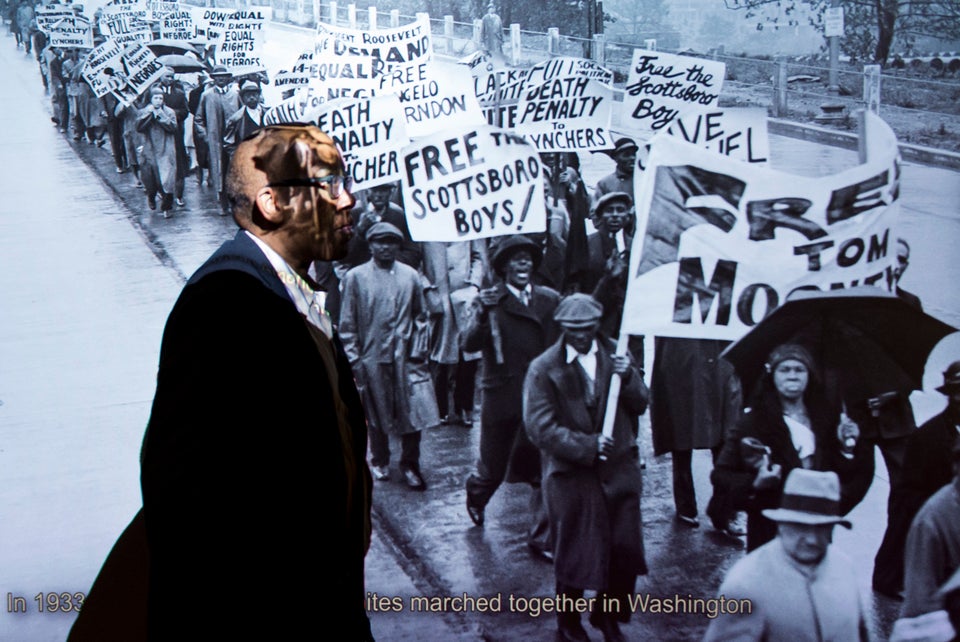
In the early morning hours of May 13th, 1862 ― during the height of the Civil War ― one of the largest Confederate warships in Charleston, SC (the C.S.S. Planter) carefully sailed toward the mouth of the harbor. Little did the sentries at the six forts along the way know that instead of the Planter’s Confederate captain, the boat was being piloted by 23-year-old enslaved Robert Smalls. On board was his family, the enslaved crew and their loved ones. Robert knew there was a federal blockade just outside the harbor and that if he could reach it they would be free. He had crafted a bold plan and he executed it flawlessly. With that feat, Smalls grabbed freedom, shocked the nation, and delivered an extremely valuable asset to the Union.
Smalls went on to live a brilliant life in service to his country. He became the first African American to captain a U.S. naval vessel. After the war, he served in the South Carolina legislature, among other things, authoring a law to create the first, free, compulsory, statewide public school system in the nation. He then went on to serve five terms in the United States House of Representatives.
Smalls’ latest contribution might be as the face of an entire period of American history that remains largely under-represented. Reconstruction, generally considered to be from roughly 1865 - 1877, was a time of great transition when America pivoted away from its slaveholding past. It was the time when African Americans first experienced independence and constituted themselves into communities. This period remains dramatically underrepresented in American history, but there’s a plan currently under consideration to address that.
Today, the National Park Service includes 413 sites spanning over 84 million acres in all 50 states. None of these is connected to Reconstruction. There is a current proposal being considered that contemplates grouping five of the most important Reconstruction era sites ― that happen to be located in Beaufort County, S.C. ― into a multi-site monument. The effort looks to President Obama to authorize federal protection of these sites under the Antiquities Act. Obviously, the clock is ticking.
My overwhelming support for this issue flows from a number of vantage points. First, it is intensely personal to me. As the great great grandson of Robert Smalls, I connect deeply with the period and the project. Professionally, as the President/CEO of the International African American Museum to be built in Charleston, I know how important this site can be to create national awareness around this critical historic period. As a father, I know how important it is for all children to have heroes – this of course, includes African-American children. Finally, as an American, I believe that a more complete articulation of American history can only strengthen our national conception of the ‘American mosaic.’ Reconstruction is American history. Elevating this period helps all Americans to be in better touch with our collective past.
The Robert Smalls House is one of the sites being considered in the Reconstruction plan. Smalls purchased his former master’s house (along with the plantation where his mother was born) by using reward money won from delivering the Planter to the Union. After the war, his former master’s wife, Jane McKee, returned there. At the time, she was both physically and mentally ill and thought that she was “home”. Despite the fact that Robert had been enslaved by her, and that in many ways she represented the institution that he had fought so hard to end, Robert brought Mrs. McKee in and cared for her over the remainder of her life. What a powerful example of human kindness between two people on opposite ends of an issue coming from a time that was even more polarized and contentious than today. In addition to the historical importance of The Robert Smalls House, perhaps that story will be seen as an aspirational expression of hope and reconciliation representing the very best of America.
How often do we have the chance to, for the first time, recognize an entire era of American history? Creating this monument is an historical ‘no brainer’. These sites are central to the development of the African American community and to the American south. They deserve to be known by more Americans. In these final days of President Obama’s presidency, creation of this Reconstruction era monument would be an important new piece to the National Park Service and would add meaningfully to the rich tapestry that is American history!

